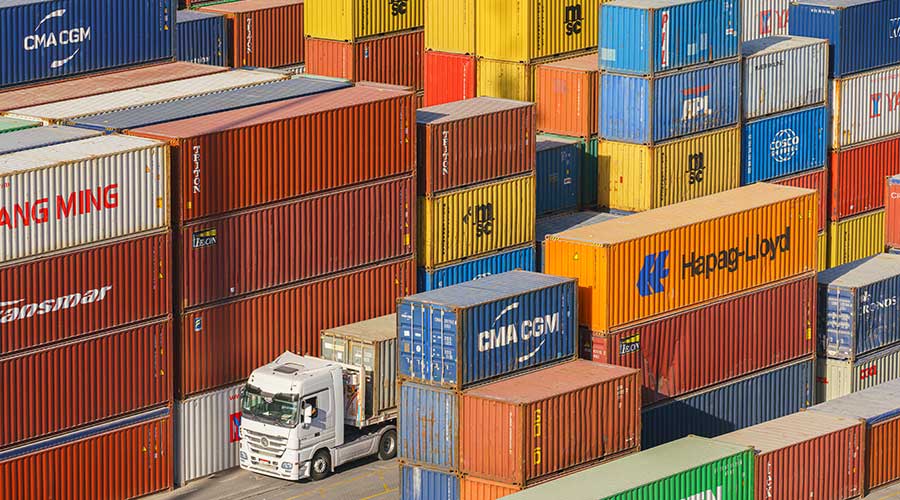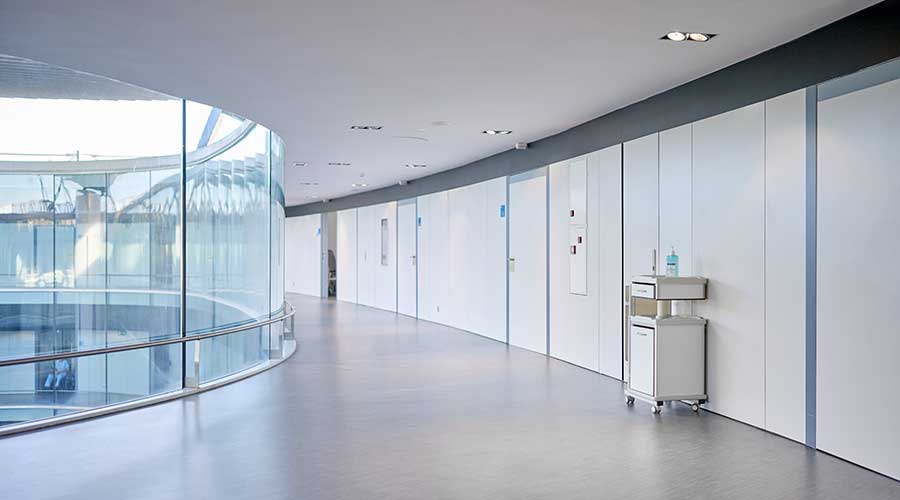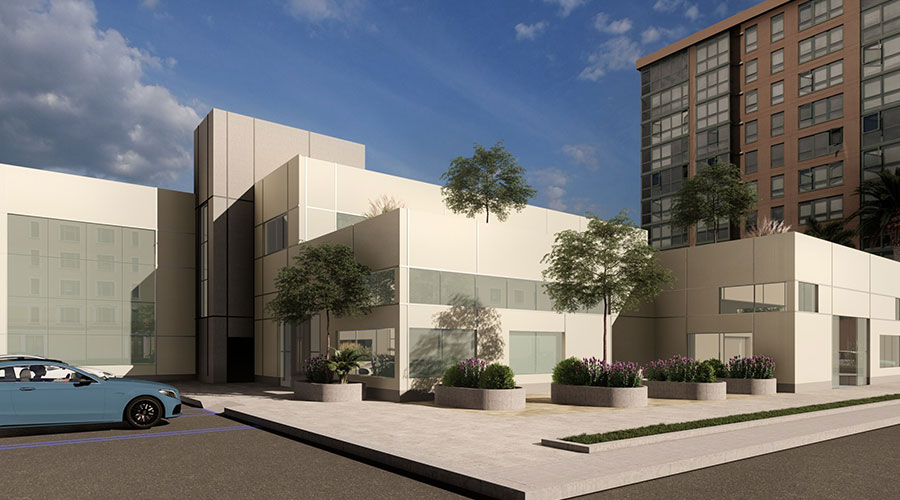Facilities managers are tasked with taking care of all building functions, which includes development, security, compliance and overall operations. However, in a healthcare environment, managers also need to ensure that staff and patient safety experience are at the forefront of their role.
With all this on their plate, workflow can often get jumbled, with some tasks being forgotten about. Utilizing a workflow automation system can ensure visibility for efficient daily operations by providing locating infrastructure, purpose-built wearables and software tools for real-time map views, lists, reports and alerts.
“Automating a facility manager’s maintenance of records or the tasks they need to accomplish helps streamline their day-to-day,” says Caryn Hewitt, senior director, consulting services, CenTrak. “Working cross-functionally with contractors and internal teams, workflow automation gives them the actionable data to do their job effectively with well-informed insights. Automating the data collection of status events and patient-staff-equipment interactions provides real-time visibility as well as historical views and tools for future analysis.”
Having an automated workflow system allows for real-time visibility into operations, minimizing any potential bottlenecks that may arise. Meanwhile, workflow automation also holds the most potential in using Real-Time Location Systems (RTLS) for improving asset management, reducing workplace violence and refining patient flow because of how it leverages actives RFID tags on equipment. This allows managers to access hospital equipment via software, knowing exactly where the asset is. This can give workers peace of mind, knowing that equipment can be ready for use whenever needed.
RTLS can also improve safety and security within the facility as well. Hewitt explains that a team member can immediately and subtly request assistance from their exact location by utilizing location technology connected to an IoT-enabled badge when they are faced with a safety threat. Immediate alert notifications coupled with real-time map views, enables a quick response from staff to effectively deescalate conflict and avoid any harm.
“Knowing the location and status of patients and resources is fundamental to orchestrating more efficient operations, safety and high-quality care,” says Hewitt. “Automated clinical workflow tools and built-in reporting allow facilities to keep tabs on key patient flow metrics such as patient volume, length of stay, room utilization, wait times, and time with providers. RTLS empowers facilities and facility managers to improve staff effectiveness and reduce wait times for necessary equipment, assistance and care.”
Regardless of the benefits that workflow automation and RTLS give, there will still be employees that are hesitant to the change. To get everyone on the same page, a plan for training should be in place at the beginning of any automation implementation project. Hewitt suggests using a comprehensive phased approach, including stages such as assessment, readiness, transformation and intelligence. The training can center around these stages and provide a variety of tools for the various learning styles.
“Over the past few years, healthcare organizations have embraced a digital-first culture, rapidly implementing technology to their processes,” says Hewitt. “In fact, 62 percent of healthcare decision-makers recognized the need to implement piecemeal solutions to stay competitive. Now is the time to go back and create a comprehensive roadmap for automated solutions. Digital technologies improve the patient experience and also alleviate clinician burden and reduce workloads, but the way they’re implemented matters. Facilities managers have many responsibilities and working with a trusted partner for strategic consultations and comprehensive solutions can lessen their load and improve their outcomes. Properly implemented, technological advances like RTLS and automated workflow solutions enhance operations, support staff, lead to better patient outcomes, and achieve the desired ROI.”
Mackenna Moralez is the associate editor of the facilities market.

 Rethinking Facilities: A New-Generation Approach to Behavioral Healthcare
Rethinking Facilities: A New-Generation Approach to Behavioral Healthcare ThedaCare to Open Medical Center in Fond du Lac, Wisconsin
ThedaCare to Open Medical Center in Fond du Lac, Wisconsin UF Health Hospitals Rely on Green Globes to Realize Their Full Potential
UF Health Hospitals Rely on Green Globes to Realize Their Full Potential How Healthcare Facilities Can Be Truly Disaster-Resilient
How Healthcare Facilities Can Be Truly Disaster-Resilient TriasMD Breaks Ground on DISC Surgery Center for San Fernando Valley
TriasMD Breaks Ground on DISC Surgery Center for San Fernando Valley